Birds and the Big 2024 Cicada Emergence: A Natural Feast
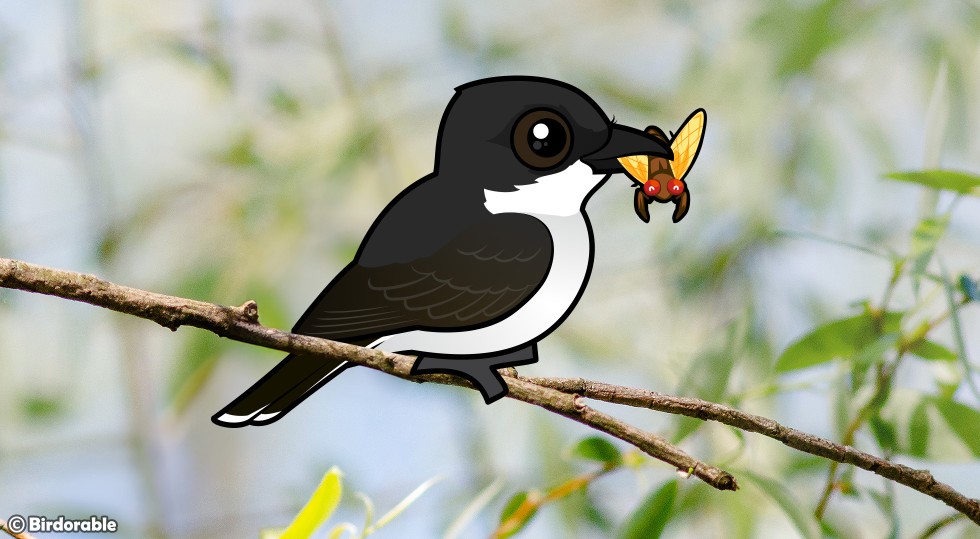
Eastern Kingbird with Cicada
Periodical cicadas are among nature's most fascinating insects, with their synchronized emergences occurring every 13 or 17 years. These insects spend most of their lives underground as nymphs, feeding on tree roots. When they finally emerge, they transform the landscape in remarkable ways, not just for themselves, but also for the local bird populations and broader ecosystems.
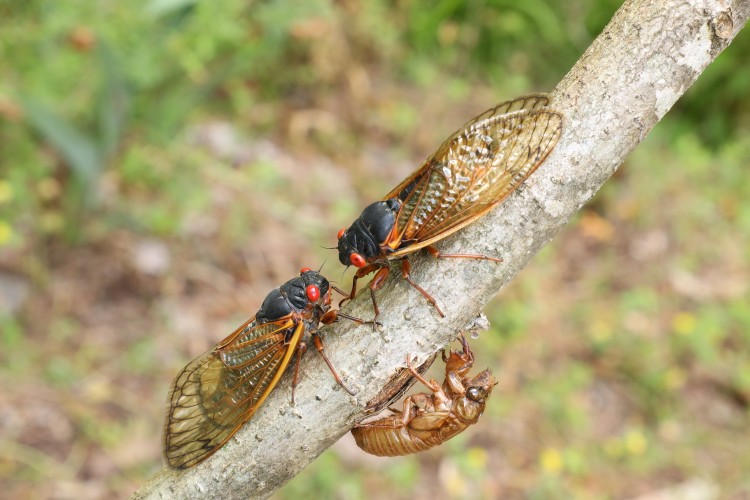
Periodical cicadas with nymph exoskeleton taken in Dadeville, Alabama by Shane Harris (public domain)
In many locations across the midwest and southeast of the United States, the emergence of two broods of cicadas are approaching their peak. Brood XIII (the Northern Illinois Brood, a 17-year cicada) and Brood XIX (the Great Southern Brood, a 12-year cicada) are both emerging right around now. Do you have cicadas where you live? Is this the first time you've experienced this phenomenon?
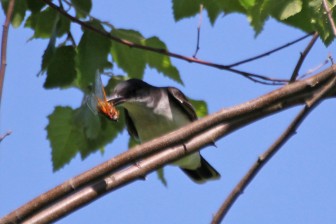
Eastern Kingbird with cicada by ptgbirdlover (CC BY 2.0 Deed)
For birds, this sudden appearance of millions of cicadas provides a significant and timely food source, particularly beneficial during the breeding season.
The life cycle of periodical cicadas is both unique and complex. Cicadas spend 13 or 17 years underground as nymphs, feeding on the sap from tree roots. When they finally emerge, usually overnight, in late spring, they come out in such vast numbers that their presence can’t be ignored. They climb onto nearby vegetation or other surfaces including fences and buildings, where they molt one last time to become winged adults. The sight and sound of millions of cicadas filling the air can be overwhelming, but for birds, it’s an ecological feast.
For local birds, this mass emergence is like a buffet laid out for them. Birds such as American Robins, Blue Jays, and Northern Cardinals feast on the cicadas, taking advantage of the sudden abundance of food. This feeding frenzy can have several impacts on bird populations.
It provides a significant nutritional boost. The abundance of cicadas offers an easy and nutritious food source, which is particularly advantageous during the breeding season when birds need extra energy to care for their young. The high protein content of cicadas helps adult birds maintain their strength and improves the health and growth rate of their chicks.
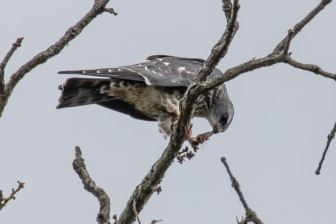
Juvenile Mississippi Kite with cicada by Mike LaChance (CC BY 2.0 Deed)
The abundance of cicadas can influence bird behavior and breeding success. Some studies suggest that bird species with access to periodical cicadas may produce more offspring during emergence years. This is because the high protein content of cicadas helps improve the health and vitality of both adult birds and their young. This increased food availability can lead to more successful broods, thereby potentially boosting local bird populations in the years following a cicada emergence.
With cicadas providing a plentiful food source, predation pressure on other insects and small animals may decrease, allowing these populations to thrive as well. With birds focusing on the abundant cicadas, other prey species might experience a temporary reprieve, which can impact the broader ecosystem. This shift in predation and its potential impacts can illustrate the interconnection of these ecological events.
The impact of cicada emergences isn't limited to immediate bird populations. The sudden influx of nutrients into the ecosystem can have cascading effects. When birds eat cicadas, they also help distribute nutrients through their droppings. These nutrients can enrich the soil, promoting plant growth and benefiting the entire ecosystem. The decaying bodies of cicadas that are not eaten contribute to soil fertility, fostering a healthier environment for various plant species.
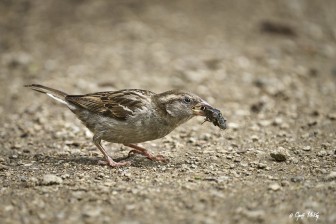
Female House Sparrow with cicada by Geoff McKay (CC BY 2.0 Deed)
There are also potential drawbacks. The sudden surge in cicada numbers can lead to temporary imbalances. For instance, some birds might become so focused on cicadas that they neglect other food sources, which could affect their diet diversity in the short term. Additionally, the noise created by millions of male cicadas singing to attract mates can be overwhelming, although it subsides after a few weeks. The maximum lifespan of adult cicadas is just one month.
Understanding the role of periodical cicadas in ecosystems underscores the intricate connections between species. These insects, which might seem inconsequential or even annoying to some, play a vital part in maintaining ecological balance. Their predictable emergences offer a unique opportunity to observe natural processes and the interdependence of life forms.
For birdwatchers and nature enthusiasts, cicada years present a chance to witness extraordinary interactions. Watching birds capitalize on this bonanza is a reminder of the adaptive strategies wildlife employs to survive and thrive. It’s a perfect living example of the resilience and complexity of nature, where even the most unusual life cycles have their place and purpose.
The emergence of periodical cicadas is a natural marvel with significant ecological implications. These events provide crucial food resources for birds, influence breeding success, and contribute to nutrient cycling in ecosystems. By appreciating these interactions, we gain deeper insights into the delicate balance of our natural world.
Links for further study:
- Wikipedia article on Periodical cicadas
- Cicada Safari: facts, activities, and resources
- Periodical Cicadas, 2024: Entomologists Prepare for the Six-Week Serenade





Comments
Leave a comment
Thank you!